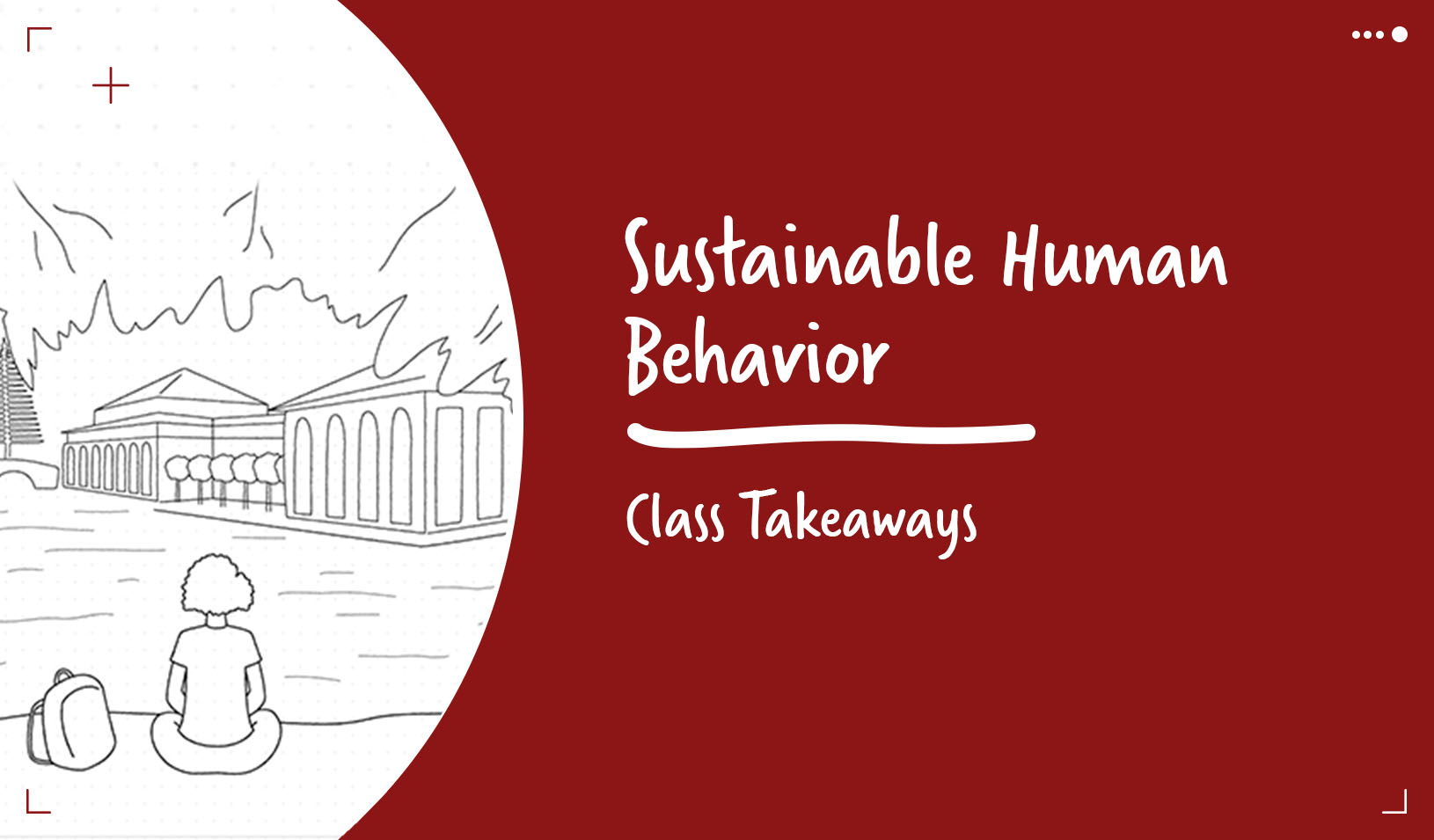
Neighbors push a vehicle out of a snow-covered road, 2010 | Reuters/Hyungwon Kang
What inspires people to act selflessly, help others, and make personal sacrifices? Each quarter, this column features one piece of scholarly research that provides insight on what motivates people to engage in what psychologists call “prosocial behavior”— things like making charitable contributions, buying gifts, volunteering one’s time, and so forth. In short, it looks at the work of some of our finest researchers on what spurs people to do something on behalf of someone else.
This quarter we focus on how perceptions of “group membership” can influence whether others decide to help us in emergency situations. A 2005 British study reported in Personality and Social Psychology Bulletin shows that bystanders are more likely to help strangers in distress when they recognize such strangers as belonging to a common group. However, what counts as group membership is not fixed. When people are encouraged to see greater commonalities with strangers, they will extend help to those whom they may have otherwise considered part of the “out group.”
Two studies conducted at Lancaster University in the UK played on the intense rivalry between fans of two English football teams, Manchester United and Liverpool. In the first study, Manchester United fans were recruited to fill out questionnaires about their interest in the team and the degree to which they identified as fans. They were then invited to walk across campus to see a video about football teams. Along the way, an accident was staged in which a runner slipped and fell, groaning in pain. Hidden observers watched the incident, and those taking part in the study were asked about it when they reached the projection room.
Participants, all of whom had a strong identification as Manchester fans, were more likely to ask the runner if he needed help when he was wearing a Manchester United shirt than when he was wearing a Liverpool shirt or an ordinary unbranded shirt.
In the second study, Manchester United fans were again recruited, but when they arrived they were told that they were participating in a study about football fans in general (not Manchester United fans, specifically). They were also told that the study aimed to focus on the positive aspects of fanhood as opposed to the negative incidents and stories that usually get attention. The study questionnaires asked them about their broader interest in the game and what they shared with other fans. They then were instructed to cross campus to head to the projection room, and along the way witnessed the same staged incident and conditions described in the first study.
In this case, participants were as likely to help a victim in a Manchester United shirt as they were to help someone in a Liverpool shirt. And they were more likely to help those wearing team shirts than those who were not.
The results of the second study are fascinating in terms of their implications. The results indicate that when people are encouraged to see social category boundaries at a more inclusive level — all football fans, versus fans of one team — they will extend help to more individuals. Even in a country in which bitter intergroup rivalry exists between fans of one football team and another, when people expand their notion of the “in-group” they are more likely to reach out to those in the “other camp.”
One noteworthy strength of this research is that it offers an analysis of actual helping behavior rather than “beliefs about” or “intentions” to act. Evidence of dramatic shifts in such behavior across deeply entrenched antagonisms in response to simple changes in levels of categorization is striking.
Indeed, the studies bring up questions regarding how we may cue more prosocial behavior not only in emergency situations, but in all circumstances. How may we promote a greater feeling of inclusiveness among members of society at wider levels such that boundaries become meaningless, and empathetic concern leads to more consistent positive action? Clearly this research offers inspiration for new approaches to camaraderie building across groups, communities, states, and even nations.
Research selected by Francis Flynn, Paul E. Holden Professor of Organizational Behavior at Stanford Graduate School of Business.
For media inquiries, visit the Newsroom.






